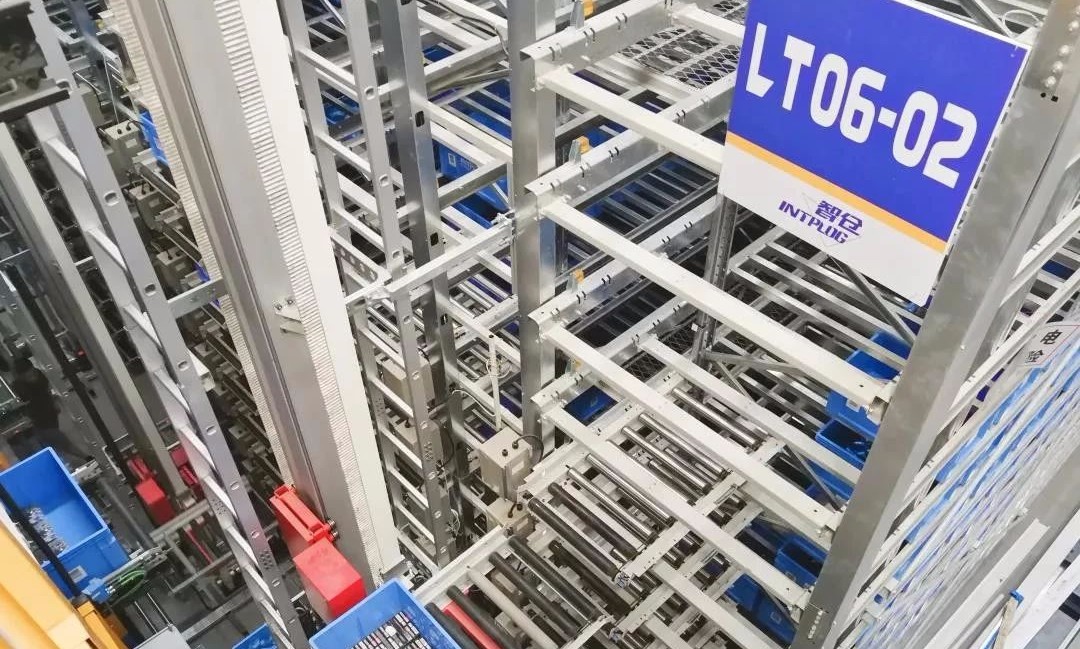How to build an intelligent logistics center
In recent years, the logistics industry has ushered in explosive development. With the continuous influx of new models and new technologies, the logistics industry is gradually moving toward intelligent and digital. If the logistics links are split, the intelligence of warehousing is particularly obvious. Technologies such as AGV, automated stereo libraries, and robotic arms are gradually changing this traditional industry.
Nowadays, for supply chain enterprises, logistics has become a service provider, and a good logistics brand can provide value-added services for the enterprise value chain to promote good interaction between logistics and business flow.
In this context, the flexible planning expansion to solve the production capacity in the supply chain has become the core key issue in determining the warehousing operation. After all, the goal of the logistics center construction is to provide customers with a high degree of certainty in the face of uncertain market order changes. The quality of logistics output.
In this regard, how to solve the problem of capacity optimization? How does intelligent warehousing work? What are the difficulties in digital supply chain management?

We take INTPLOG's approach as an example.
1.UPCloud Solution
Before introducing cloud products, first spread a concept: IoT warehouse.
The advantage of the IoT warehouse is the innovation in the form of inventory management. RFID sensors allow real-time tracking of inventory and tracking the entire process from merchandise entry to shipment. If some goods are not in stock, the IoT system can alert and even order from the supplier.
Through the Internet of Things technology, the e-commerce warehouse can be transformed from the traditional human sea tactics into a modern logistics and logistics center with intelligent logistics and unmanned operation. It integrates automatic storage system, automatic transportation system, online picking system and automatic sorting system. The logic control system, the computer and the corresponding integrated management system all work together to optimize the intermediate operation of the logistics and realize the unmanned operation in the warehouse.
The cloud product can be regarded as an upgraded version of the Internet of Things. According to Deloitte's report, in 2018, the number of customers using cloud computing storage has exceeded 10%, and the demand for inventory and logistics network optimization is gradually increasing.
It is understood that INPPLOG's UPCloud Solution provides strong technical service guarantee for intelligent supply chain services, roots in the industry, and deepens the business, providing customers with excellent product experience, as the infrastructure of software products, providing continuous and efficient technical support for product services. .
At the application level, UpCloud Solution supports the needs of multi-level, multi-regional, multi-warehouse and multi-vendors of the group enterprise and logistics platform. It solves the problems of future applications by connecting people, objects and scenarios and using micro-services.
At the security level, UpCloud Solution provides security for cloud services through User/API Token authentication, multiple encryption technologies and data storage, and TLS/SSL protocol.
2. EIS system
According to reports, EIS is an equipment intelligent dispatching system based on order-driven and global vision. It realizes automatic access, collaborative scheduling and business intelligence monitoring through IoT technology application, simulator trial calculation, operations research optimization and artificial intelligence deep learning. To meet the low-cost sorting and high-efficiency response of orders, and help the warehouse sorting system to enhance its core competitiveness.
It is worth mentioning that EIS is not an extension of the traditional WMS and WCS, but a middle platform of these two systems through a link. It seems that the EIS system is more like a conductor, to direct the intelligent logistics center in real time. Logistics activities, which link robot control systems, intelligent automation devices, IoT interaction devices, and manual workstations.
In the opinion of the news, INPPLOG's EIS system solves the problem of asymmetry in the time of receiving and dispatching in the warehouse work. For example, the time at which the order is received is not fixed and belongs to the real-time status; while the time of the warehouse delivery is fixed, the fixed bus is shipped from the warehouse every day, and the order issued from the upstream can be stored in the EIS system. In the order pool, the system can perform optimal dispatch when needed.
3. Flexible intelligent storage system based on four-way shuttle
The shuttle is a mobile device for automatic handling in high-rise shelves, which has the characteristics of improving space utilization and quickly selecting goods. INPPLOG's “阡阡” series of heavy-duty four-way shuttle flexible intelligent storage system combines the “fast, thin and accurate” design concept, which is inclusive and has the advantages of maximizing dense storage and storage efficiency, multi-vehicle operation and transportation efficiency. High and expandable.
In addition, the intelligent storage system has three major characteristics:
Maximum storage and storage efficiency: According to the management of SKU or customer documents, the project can be reasonably allocated to achieve a combination of single and multiple deep positions, which can not only store densely, but also improve warehouse utilization efficiency.
Multi-vehicle operation and transportation efficiency: the car is freely layered and single-layer multi-vehicle operation, solving the problem of frequent single-layer or single-channel access due to extreme needs.
Expandability: It can be added according to the demand of efficiency, and can also expand the dense storage area according to storage requirements.
In the new logistics era, the logistics center has a wider range of functions. It can be a supply chain HUB, a hub that supports many branch logistics centers, or an order fulfillment center for many stores, or it can be The store-in-one sales node, the modern logistics center is more and more like a Transformer, in different aspects to meet the needs of users.
Reprinted from the network


